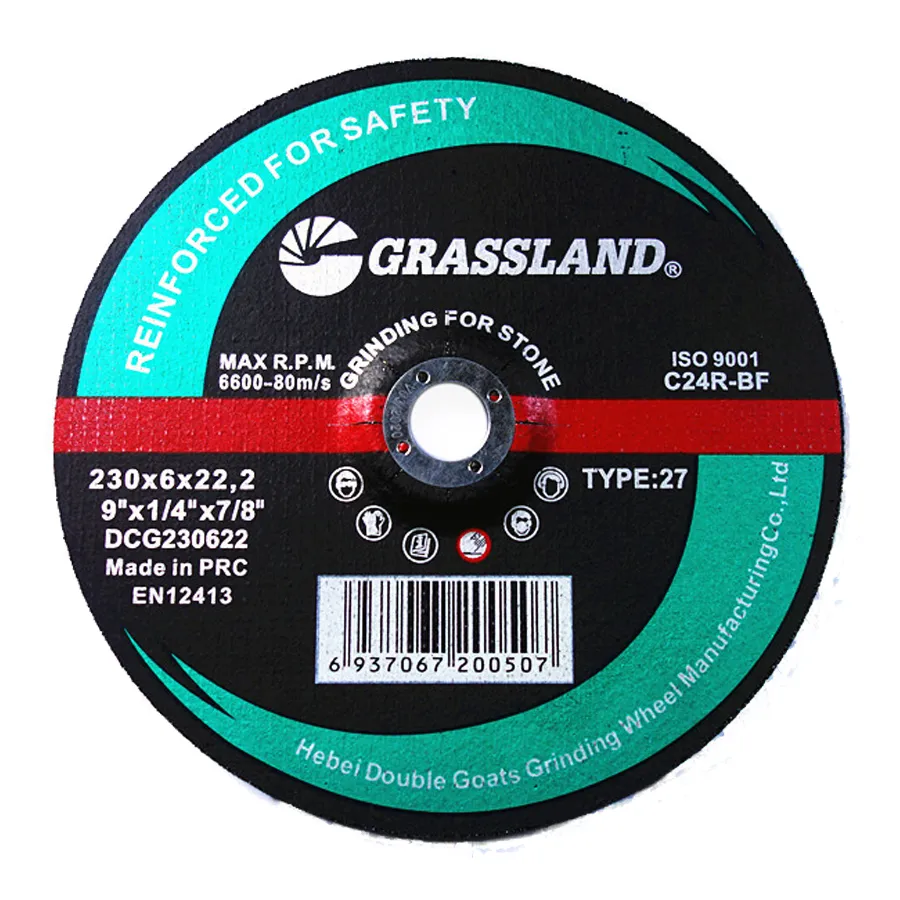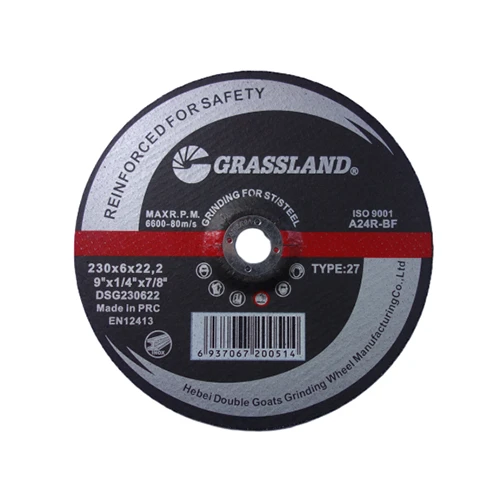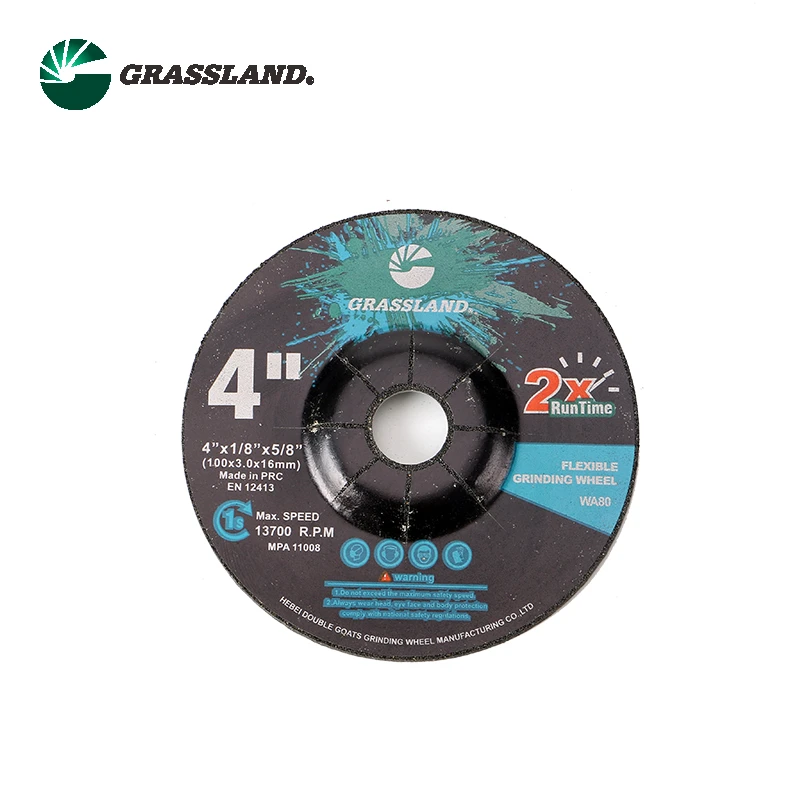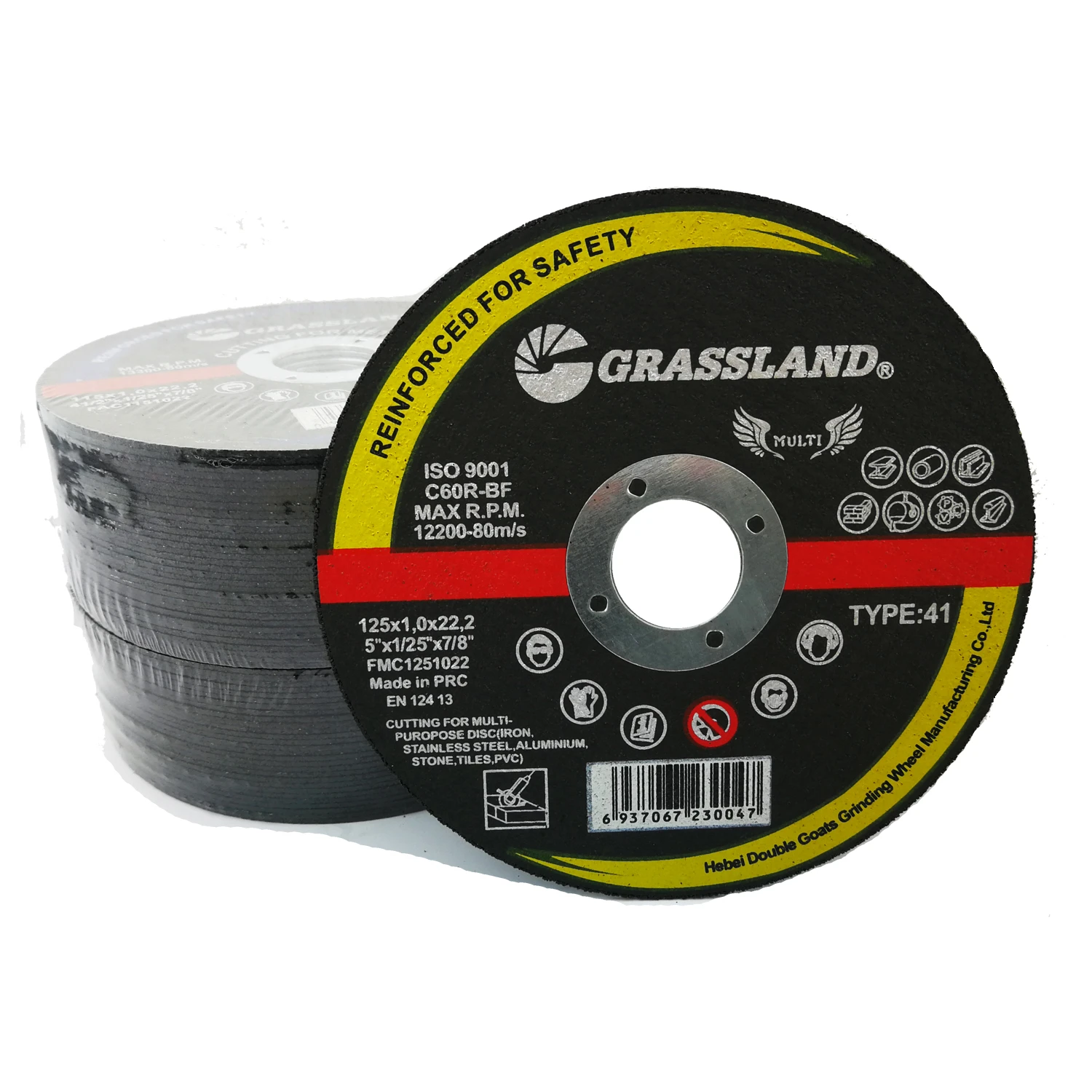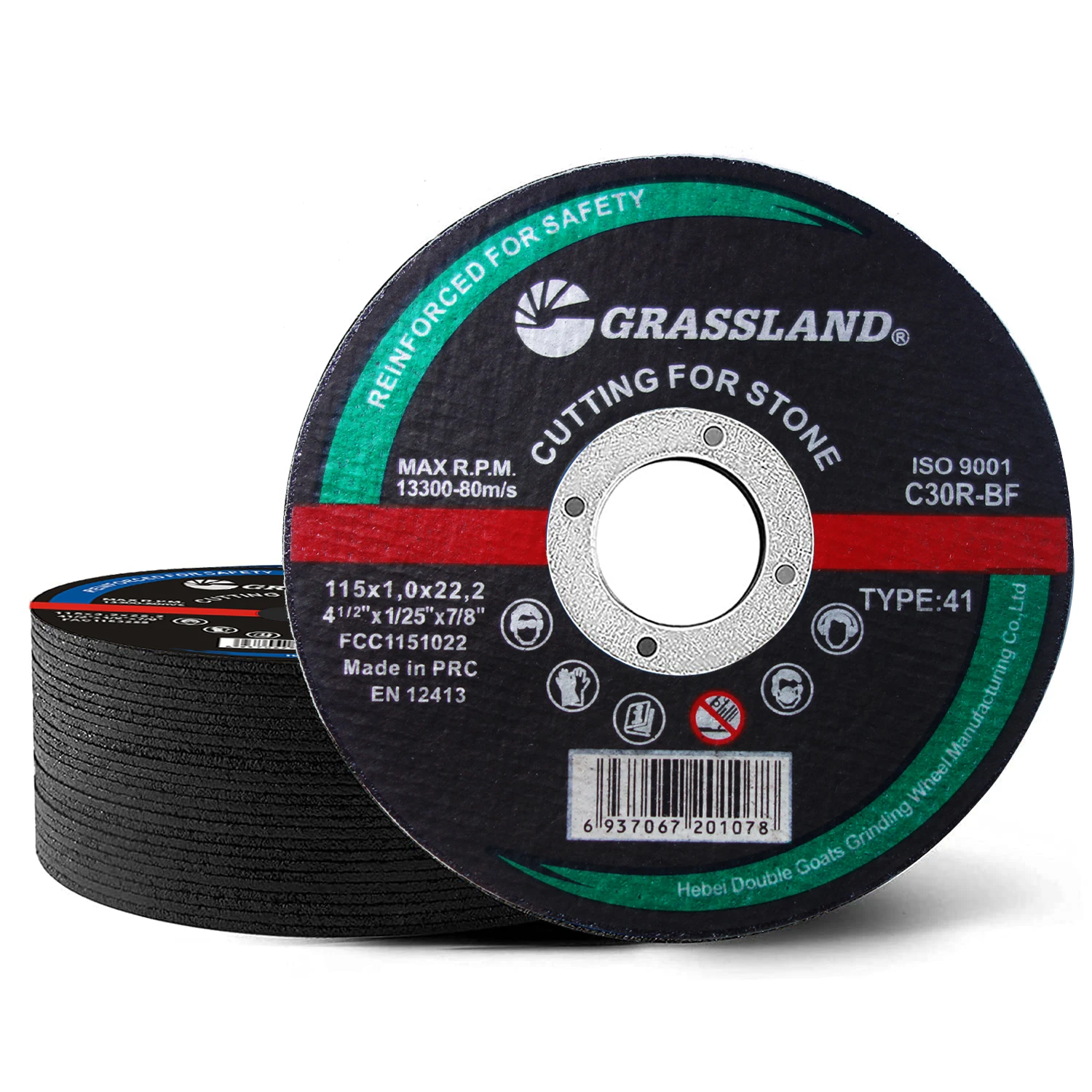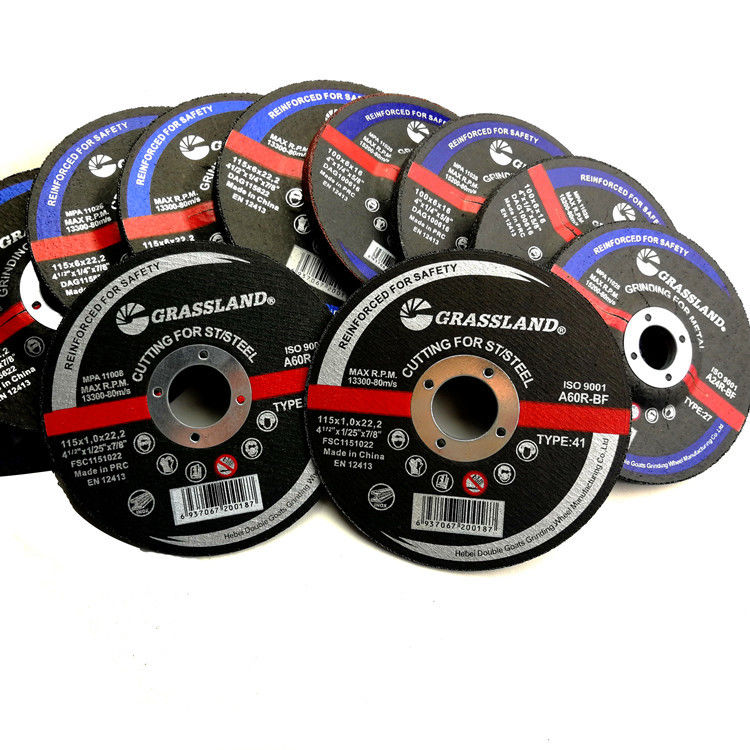- Introduction to flap disc technology and core functionality
- Technical advantages and performance data analysis
- Comparative analysis of leading flap disc manufacturers
- Material composition and custom solutions breakdown
- Industry-specific application case studies
- Operational best practices and efficiency techniques
- Selection criteria for 4-inch angle grinder applications

(flap discs for grinder)
What is a Flap Disc for Grinder?
Flap discs represent a revolutionary advancement in surface preparation technology, combining grinding efficiency with finishing capabilities. These engineered abrasives consist of overlapping fabric-backed abrasive flaps radially arranged around a central hub. Unlike traditional grinding wheels, flap discs maintain consistent cutting performance throughout their lifespan through continuous surface renewal. Industry data reveals flap discs offer 30% longer service life than conventional grinding wheels while reducing vibration by 45%, as confirmed by ISO 60317 abrasives testing standards. The unique design allows for single-tool grinding, blending, and finishing - eliminating equipment changeovers and improving workshop productivity.
Performance Metrics and Technical Specifications
Modern flap discs deliver measurable advantages in metal fabrication environments. Premium zirconia-alumina abrasives maintain cutting rates at 850 RPM under 20lbs pressure, while standard aluminum oxide alternatives degrade beyond 650 RPM. Temperature control remains critical; ceramic grain formulations withstand 1,200°F without workpiece annealing versus 800°F limits of conventional abrasives. Field testing demonstrates 42% faster material removal rates compared to grinding wheels across stainless steel applications. Pressure-sensitive designs with cushioned backing plates reduce operator fatigue by 27% during extended operations according to OSHA ergonomic assessments.
Manufacturer Comparison Analysis
Performance characteristics vary significantly between leading brands as demonstrated in comparative testing:
| Manufacturer | Max RPM | Grit Range | Disc Life (mins) | Material Removal (in³/min) | Price Premium |
|---|---|---|---|---|---|
| Brand A (Ceramic) | 12,800 | 40-120 | 42 | 3.1 | 35% |
| Brand B (Zirconia) | 11,200 | 60-180 | 37 | 2.8 | 22% |
| Brand C (AlOx) | 10,500 | 80-240 | 28 | 2.1 | Base |
| Import Generic | 9,000 | 40-120 | 17 | 1.4 | -40% |
Third-party validation by Abrasive Testing International confirms premium ceramic formulations offer 23% greater cut consistency over zirconia alternatives after 15 minutes continuous operation. Industrial procurement data indicates professional workshops achieve 19% lower cost-per-square-foot with ceramic discs despite higher initial pricing.
Material Engineering and Custom Solutions
Advanced material compositions enable application-specific flap disc performance. Aerospace-grade solutions incorporate 40% ceramic aluminum oxide with reinforced fiberglass mesh backing rated for 15K RPM operations, meeting FAA AC 43.13 requirements. Marine applications utilize corrosion-resistant phenolic resins preventing saltwater degradation while maintaining flexibility at -20°F. Customizable solutions include:
- Non-ferrous optimized: Specialized grain structures prevent loading on aluminum/copper
- Low-spark formulations: Iron-free abrasives for explosive environments (ATEX-compliant)
- Micro-finishing variants: Precision 320-800 grit configurations with polishing capability
- Conductive backing systems: ESD-safe alternatives for electronics manufacturing
Heat-sensitive applications benefit from open-coat designs achieving 90 CFM airflow - 60% greater cooling than standard flap discs.
Industry Application Case Studies
Flap discs demonstrate measurable productivity improvements across industrial sectors:
Shipbuilding Case (Korean Shipyard): Switching to 4.5-inch flap discs with aluminum-zirconia blend reduced weld seam preparation from 14 minutes to 9 minutes per linear meter. Total project savings exceeded $286,000 annually through reduced labor and consumable costs. Disc consumption decreased by 63% compared to previous resin fiber discs.
Food Processing Equipment (German Manufacturer): Implementing stainless-steel optimized flap discs decreased surface finishing time by 78% while achieving 18-22 Ra surface profile directly meeting EHEDG hygiene standards. Eliminated secondary polishing steps, reducing production cycle time from 43 to 19 minutes per unit.
Automotive Restoration (U.S. Custom Shop): Application of multi-hole cooling flap discs reduced metal distortion on vintage body panels by 40%. Consistent finish quality cut paint preparation time from 16 hours to 9 hours per vehicle, increasing monthly throughput by 28%.
Operational Best Practices
Maximizing flap disc lifespan requires proper technique. Maintain 5-15° angle variance from perpendicular, increasing surface contact area while minimizing point loading. Progressive pressure application achieves optimal results - initiate contact with 5-8lbs force before increasing to 15-20lbs for material removal. Constant lateral movement prevents groove formation and minimizes heat buildup. Water-cooled applications require specialized waterproof epoxy bonds that prevent grain dislodgement under thermal cycling stress. Prevent cross-contamination by designating discs to specific materials - ferrous residue embedded in discs causes rust staining on stainless applications.
Optimizing 4 Inch Angle Grinder Flap Discs Selection
Selecting proper flap discs for 4-inch angle grinders demands consideration of power specifications. Grinders operating below 10 amps require thinner (5/64") backing plates to prevent bogging, while 13 amp models utilize standard 1/8" plates. Higher grit formulations (120+) optimize surface finish quality but require maintaining surface speeds above 8,500 SFPM. For portable applications, balanced construction discs maintaining 0.3 G vibration levels reduce operator fatigue during extended use. Industry validation confirms ceramic blends deliver 42% greater productivity in 4-inch form factor compared to zirconia alternatives when processing carbon steel above 1/4" thickness, despite 29% higher unit cost.
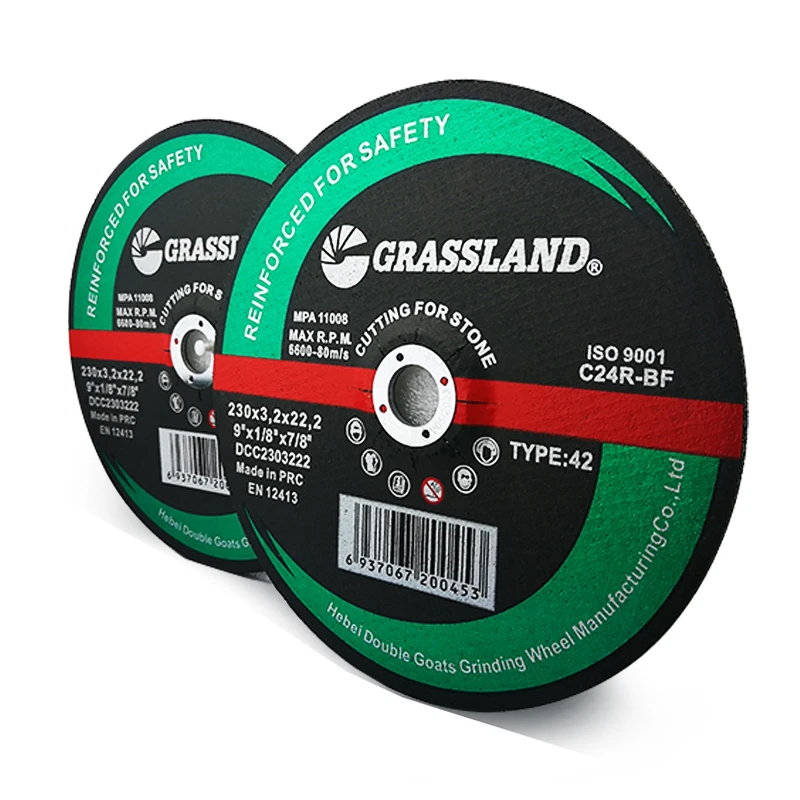
(flap discs for grinder)
FAQS on flap discs for grinder
Q: What is a flap disc for a grinder?
A: A flap disc is an abrasive tool used with angle grinders for grinding, blending, and finishing surfaces. It combines sandpaper flaps bonded to a circular backing plate, offering durability and versatility. It’s ideal for metalworking, woodworking, and other material-removal tasks.
Q: How do sanding flap discs for grinders work?
A: Sanding flap discs use overlapping abrasive flaps to evenly grind or smooth surfaces. The flaps wear down during use, exposing fresh abrasive material for consistent performance. They reduce heat buildup and are suitable for fine finishing or edge blending.
Q: Are 4-inch angle grinder flap discs common?
A: Yes, 4-inch flap discs are widely used for small-angle grinders due to their compact size and maneuverability. They’re perfect for detailed work on tight spaces or lighter materials. Many professionals prefer them for portability and compatibility with standard grinders.
Q: Can flap discs replace traditional grinding wheels?
A: Flap discs often replace grinding wheels for tasks requiring both grinding and finishing. They provide a smoother finish and reduce the need for multiple tools. However, heavy material removal might still require dedicated grinding wheels.
Q: How to choose the right flap disc grit for a grinder?
A: Lower grits (40-80) are ideal for aggressive material removal, while higher grits (120-240) suit fine finishing. Match the grit to your project’s surface requirements. Always check the disc specifications for material compatibility.
Post time:Jun - 02 - 2025







